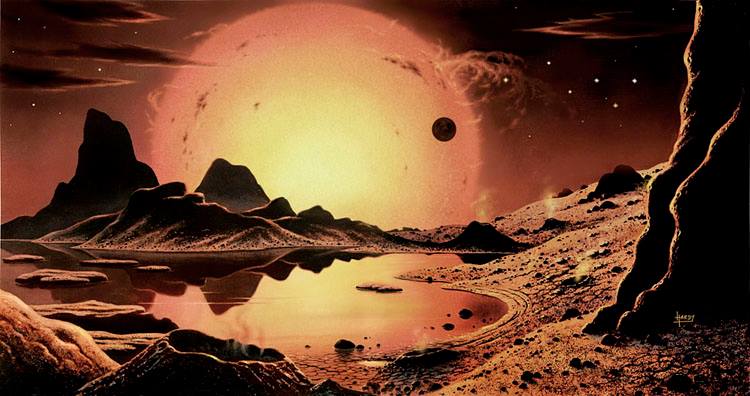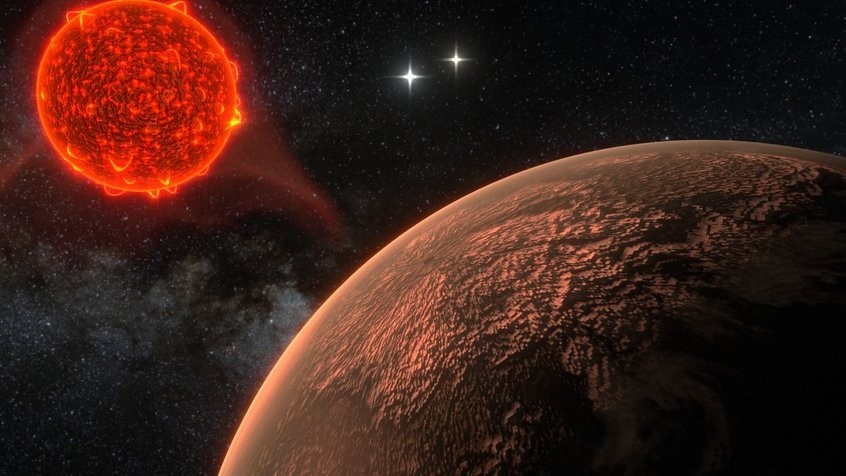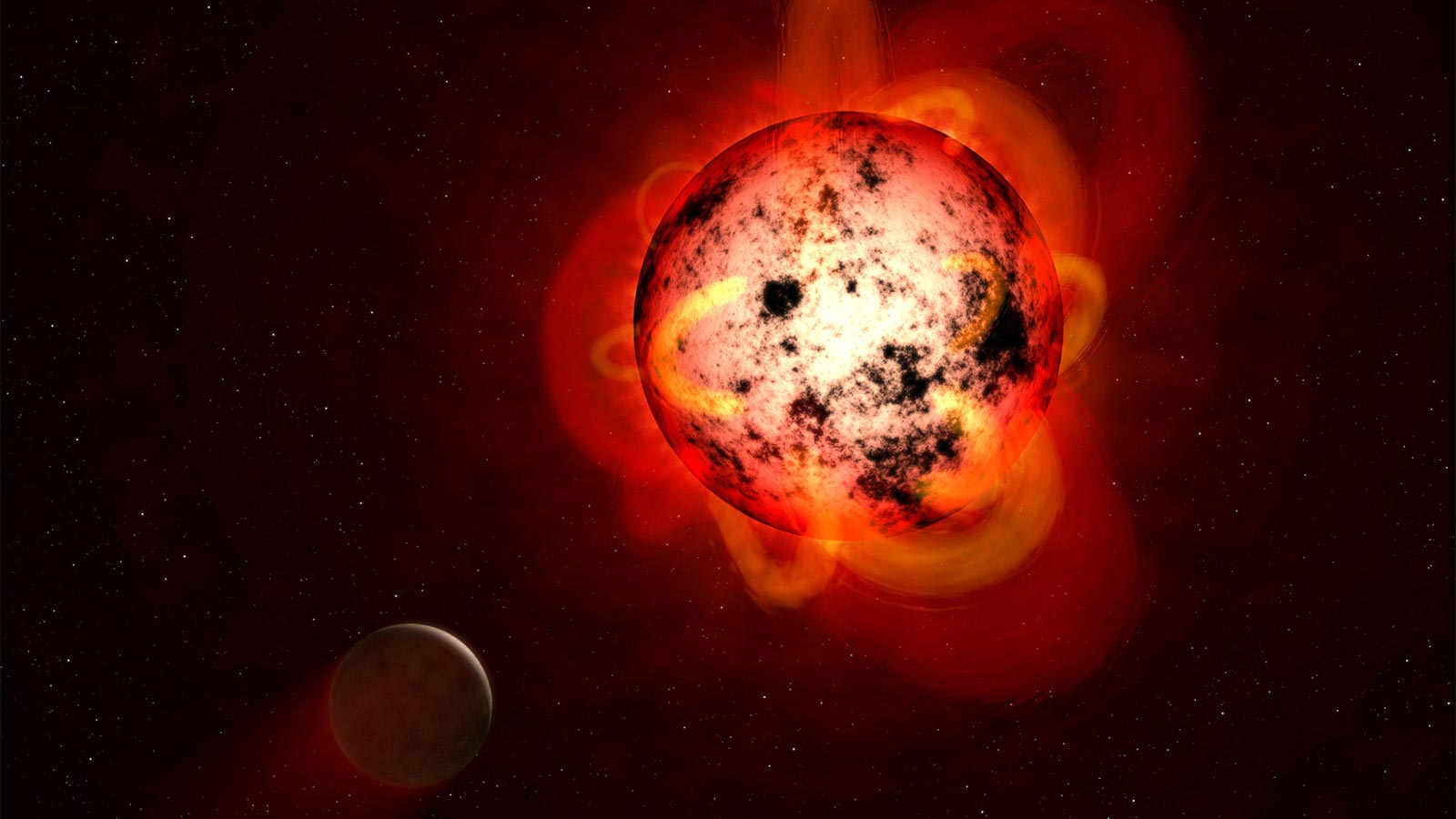Humans have been on a quest to find alien life in other worlds for a very long time without much success so far. The closest Earth-like planet Proxima Centauri b, which had earlier given hopes to researchers, might not be habitable after all.
Experts have found that the presence of alien life on this planet is less likely than they previously thought. Proxima Centauri b is non-habitable because deadly radiation constantly hits this rocky planet.
This new research definitely rebuffs many hopes and theories about life on other planet and the possible existence of aliens. But what did the scientists discover exactly?
Let’s dive into the story of this Earth-like planet and alien life that researchers were hoping for. And we will start this exciting journey with some background information! Let’s start with Proxima Centauri b.
Proxima Centauri b – a planet like Earth

While searching for life out in the universe apart from Earth, scientists discovered a rocky exoplanet. This planet which is similar to Earth in size, orbits Proxima Centauri, the closest star to the Sun.
The University of Geneva announced the news of the discovery on May 28, 2020. They named this new planet Proxima Centauri b or Proxima b.
Although astronomers have discovered many Earth-like exoplanets that are orbiting some star, Proxima b is of particular excitement for them. This is because Proxima Centauri b is orbiting a star only 4.2 light-years away, the closest to our Sun.
Since the star that Proxima b orbits is a red dwarf, its orbital path is in the habitable zone of Proxima Centauri.
Despite the fact that this red dwarf star is much smaller and cooler than our sun, it provides the same amount of solar energy to Proxima b as our sun provides to the Earth. Moreover, water could actually exist on this planet in its liquid form!
The discovery of Proxima Centauri b gave much hope to scientists and astronomers because theoretically, it could be habitable. What made the probability of inhabiting Proxima b interesting is its close distance to the Sun.
Despite all these similarities and possibilities, what makes this exoplanet uninhabitable?
Life not possible on Proxima b

Although scientists had earlier believed that alien life was possible at Proxima b, new research has rejected this possibility. This is because this rocky planet is constantly hit with deadly radiation.
To understand this better, let’s start by understanding something about Earth and Sun itself.
Every star, including Sun, has a habitable zone in which water exists in its natural liquid form in normal conditions. If a planet is too far from its star, naturally occurring water will be frozen and if it’s too close, water will evaporate.
Now Sun regularly emits hot clouds of ionised particles during ‘coronal mass ejections’. This could be extremely dangerous for us if not for the fact that Earth’s habitable zone is far enough from the Sun to protect us from these radiations.
But the same can’t be said about Proxima Centauri b. Andrew Zic, the lead author of the research at the University of Sydney, explains the problem.
“The Earth has a very powerful planetary magnetic field that shields us from these intense blasts of solar plasma. But given Proxima Centauri is a cool, small red-dwarf star, it means this habitable zone is very close to the star; much closer in than Mercury is to our Sun.”
He further explains the dangers that this information reveals. “What our research shows is that this makes the planets very vulnerable to dangerous ionising radiation that could effectively sterilize the planets.”
Red dwarfs are no option

Since most of the stars in the galaxy are red dwarfs, this news is a bummer for astronomers. The new research and its findings suggest that exoplanets of such stars are highly vulnerable to steller ejections.
These planets are not an option because they may suffer from strong atmospheric erosion and exposure to intense X-rays and ultraviolet radiation.
Zic explains, “This is probably bad news on the space weather front. It seems likely that the galaxy’s most common stars – red dwarfs – won’t be great places to find life as we know it.”
There is a possibility that Proxima Centauri b and other such exoplanets might have magnetic fields like Earth’s, but that won’t be of much help.
“Even if there were magnetic fields, given the stellar proximity of habitable-zone planets around M-dwarf stars, this might not be enough to protect them,” Zic said.
Although the possibility of finding life outside Earth seems difficult for now, researchers and astronomers are not giving up. The search for alien intelligence and the possibility of life beyond the solar system perhaps will go on until we find a reasonable conclusion.
Let’s hope we keep unlocking more universal mysteries. Until next time!



